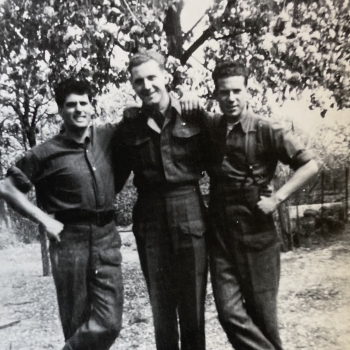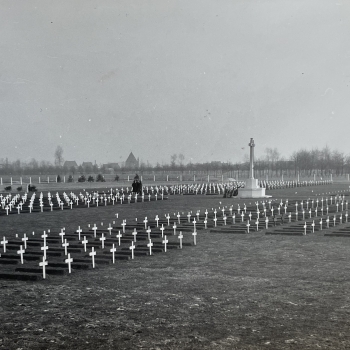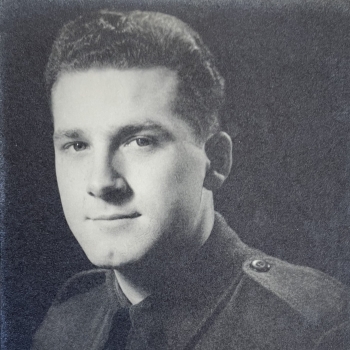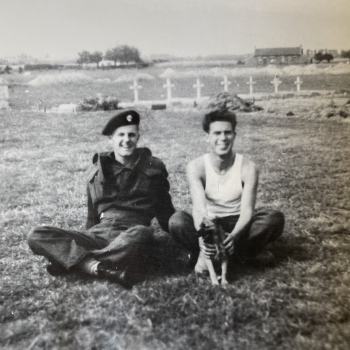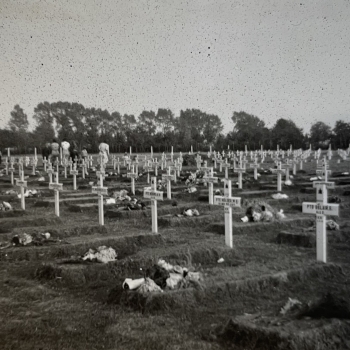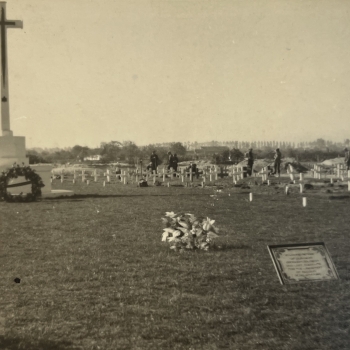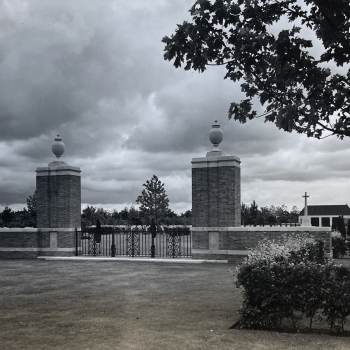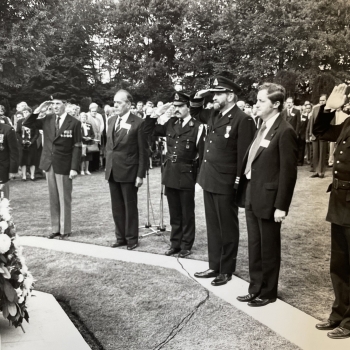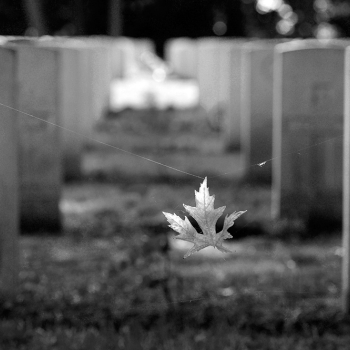Adegem Canadian War Cemetery
Prins Boudewijnlaan 46A, Maldegem, Belgium
Open 7 days a week from sunrise till sundown.
It is allowed to take photographs in the cemetery.
Don't temper with the gravesite. It is only allowed to lay flowers (without sealing) or place a small wooden cross on the grave.
Along the N9, which connects Eeklo with Maldegem, the Military Cemetery of Adegem has been located since 1945, now hidden between trees and shrubs. The entrance is adorned with 2 large stone columns with a forged fence that leads the visitor to 'The Cross Of Sacrifice', flanked by more than 1100 gravestones. Once at the cemetery there is a serene peace with the sound of the daily life rippling on in the background.
The former land of Adolf and Lodewijk STANDAERT was strategically chosen because of its location, drainage, importance for the municipality and the permission of the landowners. The gentlemen were, however, financially compensated.
In May 1945, construction of the cemetery began under the leadership of Sergeant Ronald E.K. HAUNTS. Accompanied by Private Norman BURROWS (better known as Blacky) and Thomas B. SHERIDAN and a group of Belgian volunteers. Prosper DE RYCKE, Rene BUYSSE and Leon DOMBRACHT have already cooperated with the burial of deceased soldiers at the temporary cemetery of Maldegem, known as “The Canadian North Cemetery” along the Aardenburgkalseide. It was the land of Omer CLYNCKE, who made his piece of land available without hesitation.
Temporary graves were cleared from northern France, Belgium and the Netherlands (mainly Zeeuws Vlaanderen) by the RYCKE’s team. The bodies were identified by a Canadian soldier and then wrapped in army blankets and tied with a telephone wire. The first temporary cemetery from which 30 soldiers were transferred was Ter Doorn in Eeklo, where a large military hospital was located.
On May 23, 1945, the first soldiers were honourably buried at Adegem Canadian War Cemetery. The approximately 60 Belgian volunteers worked hard and accurately on the cemetery. Everything was measured precisely and the soldiers were buried 6 feet deep. They all received a temporary cross painted white. In 1945, 822 soldiers were buried in this permanent Military cemetery.
At the beginning of 1946 the cemetery was in a sense completed with 936 casualties. However, plot 12 was added later. And mainly British soldiers, who died in 1940, were also buried to plots 1 to 6 by adding rows AA and AB. The last soldier to be reburied is Private K.D. Duncanson on September 14, 2016. He was a member of the Algonquin Regiment. He was missing in action since September 14, 1944 during the battle for ‘Molentje’ near Moerkerke (B).
Since March 4, 1946, the cemetery has been under the management of the Commonwealth War Graves Commission.
